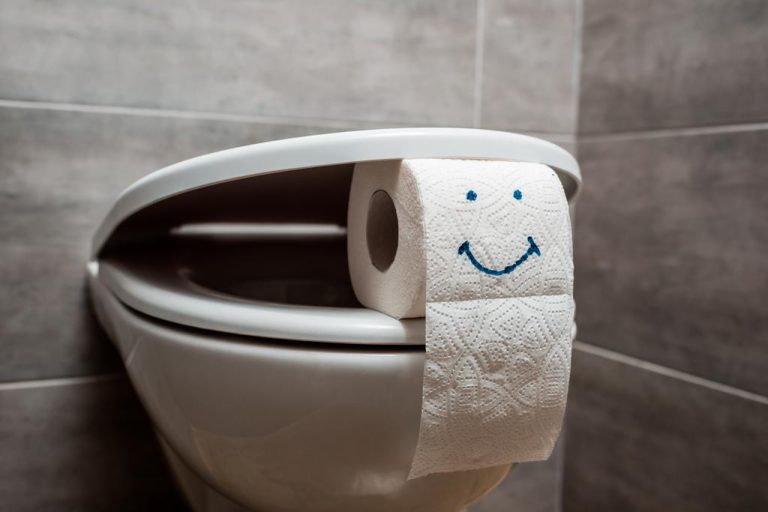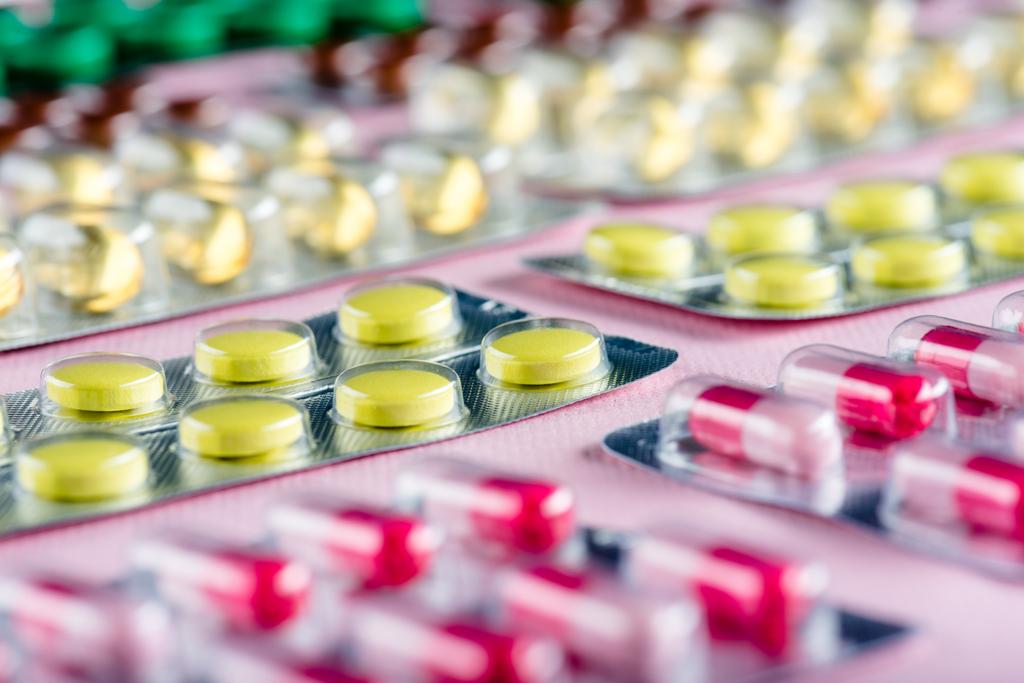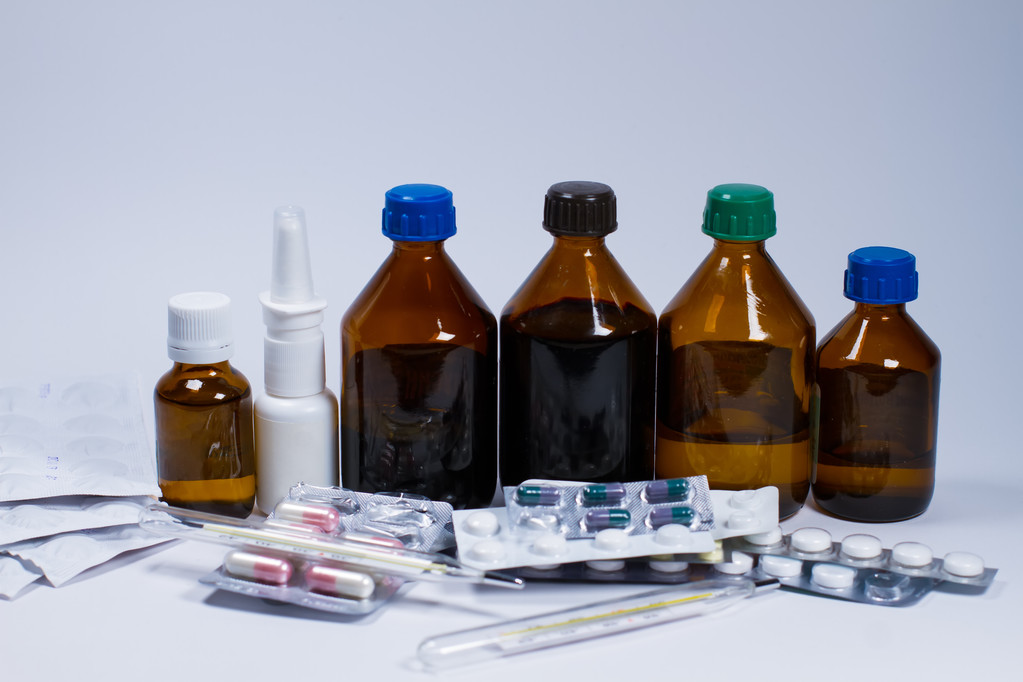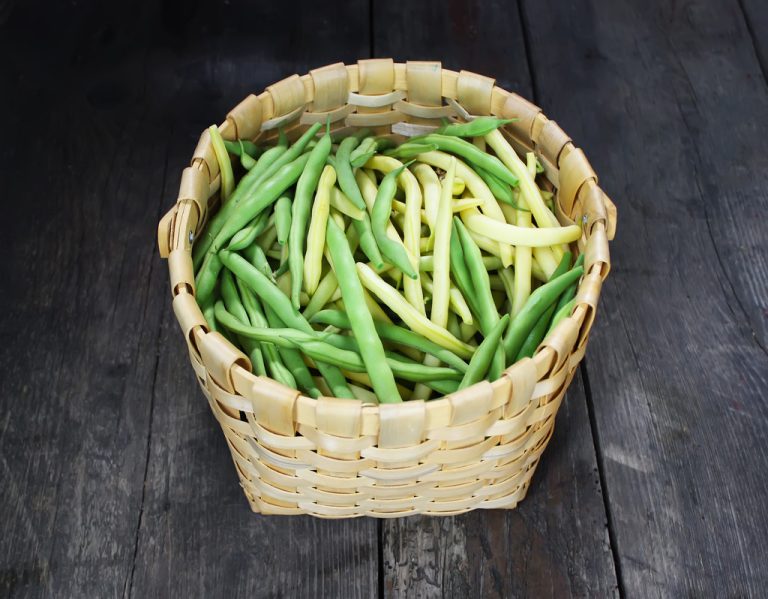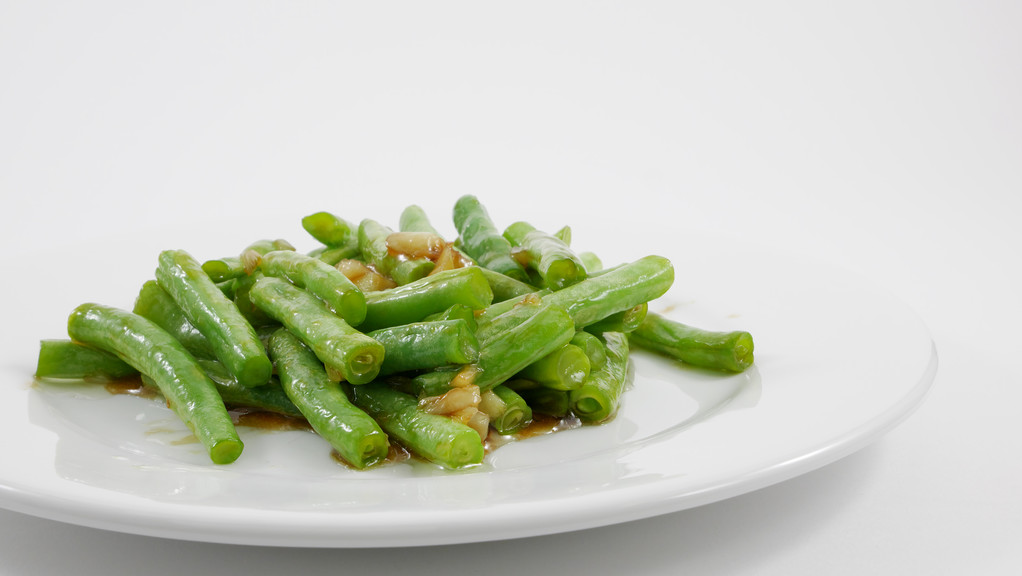Does the man have to urinate standing up? Or are there good reasons to sit down? A doctor has commented on this. Why peeing sitting down is definitely better.
Sitting or rather standing? What does the doctor say about this?
Unfortunately, as a man, when you sit down on the toilet, you still have to hear from some of your sex that you are a “sit pee”. And this is equated with “wimp” or worse. It hits some people when masculinity is questioned. There are many reasons to say goodbye to this supposed symbol associated with a man.
There seems to be agreement that there is disagreement. While some say that it would be healthier for a man to sit down, others vehemently disagree. To clear things up a bit, you first have to take a look at the male anatomy, more precisely at the inside of the man. The male prostate sits between the bladder and the pelvic floor and encloses the beginning of the urethra. With age, this can increase. It does not necessarily have to be a malignant disease.
A healthy, i.e. non-enlarged, prostate doesn’t seem to have much of an impact on residual urine retention in the bladder whether standing or sitting to urinate. But what happens when the prostate is no longer healthy? And this is where opinions differ. While some physicians are of the opinion that when urinating while sitting, especially with an enlarged prostate, too much residual urine remains in the urinary bladder and this can lead to serious problems due to possible accumulation of pathogens. A scientific study shows that a benign enlargement occurs prostate empty the bladder better when sitting, leaving less residual urine. This would prevent the risk of developing bladder stones or inflammation. But what is right now? Unfortunately, that’s not an easy question to answer. Two contradictory statements meet here. In summary, one can say that one simply does not know for sure.
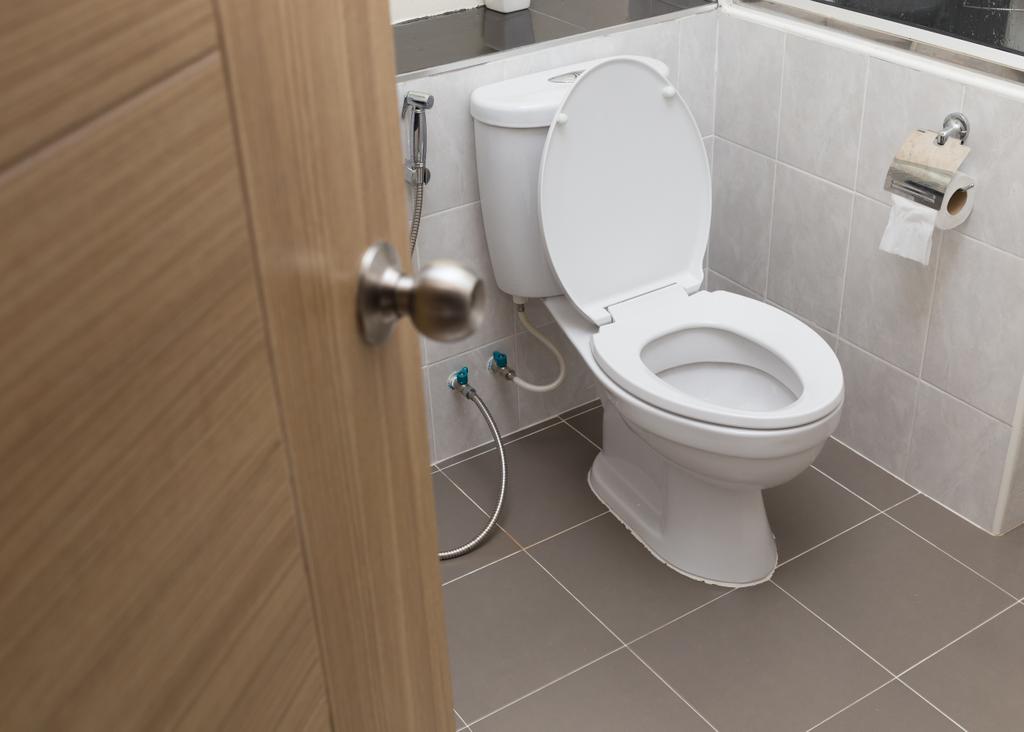
Why you should still sit there as a man
“I can aim.” “Nothing goes wrong with me.” The statements of the men who do their small business standing up sound something like this. But does it really have anything to do with accuracy? Rather less. Quite simply, the toilets that are installed in the bathrooms are not actually designed for standing up to urinate in
But that’s not all. Tests have shown that the spray mist spreads almost throughout the bathroom and is deposited on towels, the bathtub, the mirror and the toothbrush. And that’s anything but appetizing. Who would still like to brush their teeth with such a toothbrush? There are videos showing how the nebula spreads using fluorescence.
But the floor and walls are also at risk. Over time, the urine can form stains there, in the worst case so bad that they can no longer be removed. That means in the end that the bathroom needs to be renovated. In a rented apartment, this can very quickly lead to the loss of the deposit and more. But apart from that: If your loved one goes to the bathroom with bare feet and then has to wade through the man’s legacies, then you shouldn’t be surprised about a dispute. And honestly, dear men, you don’t break a tooth out of your crown when you sit down.

